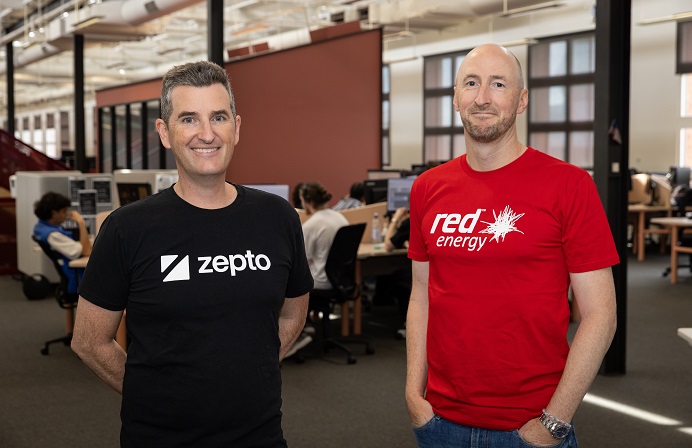
Singapore’s chief financial regulator has committed to expanding its Supervisory Technology (or SupTech) office, delivering a digitisation program that will improve the team’s surveillance and analytics capabilities, according to MAS deputy managing director, Ong Chong Tee.
Speaking at the Life Insurance Association’s (LIA) annual luncheon on Wednesday, Ong said the resource boost would support the SupTech team in delivering more effective supervisory engagement with financial services firms.
Additionally, MAS said will it also offer more advanced analytics capabilities to the SupTech group, such as network analysis, or text and voice analytics, to support the regulator’s investigation and enforcement actions.
Established in early 2017, SupTech – part of the regulator’s Data Analytics Group – works in concert with MAS’s fintech and innovation teams, aggregating and analysing industry data to improve Singapore financial services firms’ regulatory compliance.
Insurtech surge
Insurtech, the insurance complement to fintech, featured prominently in Ong’s speech.
According to Ong, Insurtech is promising to radically transform Singapore’s insurance industry, offering customer-friendly innovations that could “alleviate many pain-points associated with the understanding, buying, and servicing of life insurance products.”
For Ong, digital-savvy insurtechs, particularly those embracing automation technologies, are proving positive change drivers for an industry burdened by inefficient and expensive legacy infrastructure.
“The move to automation can potentially replace a number of repetitive human processes in the insurance sector. Robotic process automation (or RPA) will enable quick, automatic and 24/7 gathering and processing of data,” Ong said.
Ong was particularly sanguine over the potential of insurtech to reduce Singapore’s protection gap, or ’underinsurance’ of families – defined as the resources needed by families to financially support themselves following the death of a breadwinner. According to a 2012 LIA study, Singapore’s protection gap stood at roughly $S460 billion.
By leveraging data insights from telematics and wearable devices, insurers can deliver practical, cost-saving benefits to customers, including the creation of more tailored insurance products.
“Through better health data insights and more sophisticated underwriting capabilities, new products could be developed to bridge the insurability gap for this group of consumers.”
The development of customer-centric insurance apps can also serve to cultivate more holistic connections with customers, transforming what was once a transactional relationship into a broader partnership.
“The insured person can benefit from… lifestyle information, healthy living tips and other information, emerging trends, advisories on new products and various service options.”
According to Ong, this can also include “transactional services, such as the option to buy additional insurance based on new needs – all done digitally.”
Innovations in blockchain, a key initiative of the insurtech movement, also have potential to mitigate fraud risk and reduce time-consuming verification methods, he said. The distributed ledger can be used by health providers and insurers to securely transfer sensitive health or financial records.
Nevertheless, despite the promise of these insutech-led innovations, Ong cautioned against a reckless embrace of these largely untested technologies.
“As insurers delve deeper into the realm of smart tools powered by complex algorithms, artificial intelligence and machine learning, there is also a need to identify and address potential pitfalls of such capabilities.”
“One particular concern in deep learning models is that the ‘learning’ by the machine is a black box, which could lead to biased ‘data truths’. This, in turn, may produce decisions or outcomes that are unexplainable, non-transparent, or even unfair.





